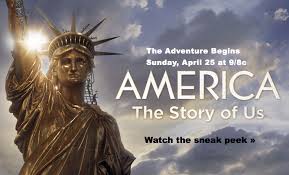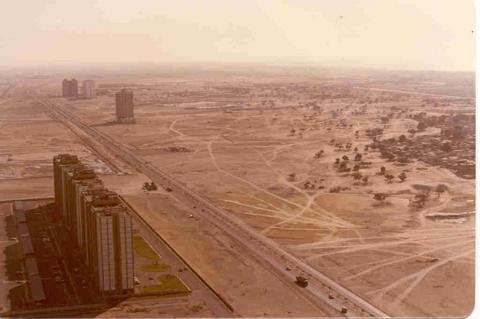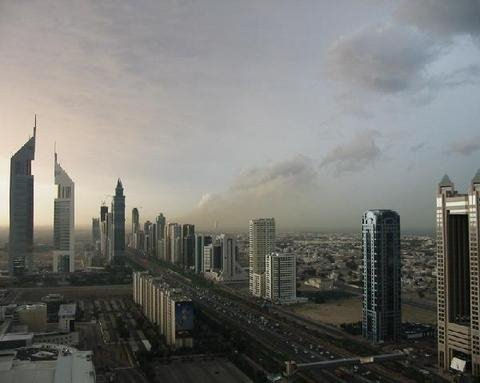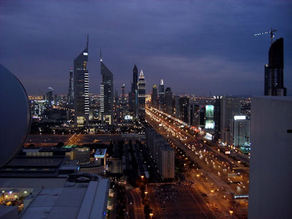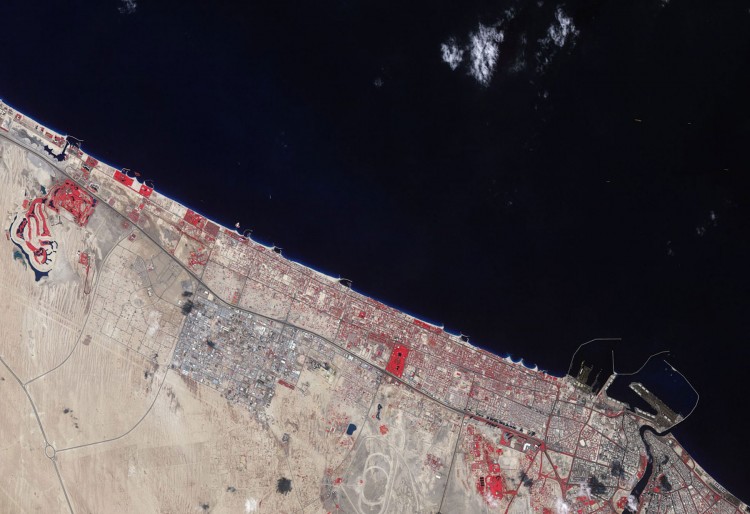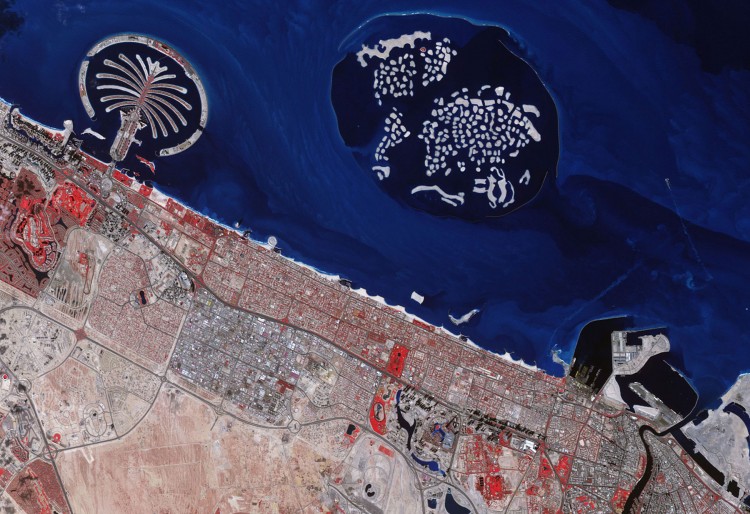America: Story of Us - Cities
Urban Growth in Industrial America
Directions: 1. Below are census (population) statistics for 5 major U.S. cities from 1800 to 1890. Study the numbers, and then create a graph chart that shows each year and the populations of each city. SUGGESTION: The two most effective charts for this assignment would be a bar graph or line graph. Also, create a color code for each city to conserve space. Be sure to include a color key. 2. Looking at your graphs and the numbers, answer the questions on the back of this paper. 1800 NYC- 33,000 Philadelphia- 29,000 Boston- 18,000 Baltimore-14,000 Chicago- 0 1820 NYC- 124,000 Philadelphia- 63,000 Boston- 43,000 Baltimore-63,000 Chicago- 0 1840 NYC- 313,000 Philadelphia- 93,500 Boston- 93,000 Baltimore-102,000 Chicago- 4,500 (city was founded in 1837) 1860 NYC- 800,000 Philadelphia- 560,000 Boston- 177,000 Baltimore- 212,000 Chicago- 112,000 1890 NYC- 1.5 million Philadelphia- 1 million Boston- 448,000 Baltimore- 430,000 Chicago- 1.1 million Urbanization questions 1. Which city was the first to reach 100,000 people? Why do you believe this particular city was the 1st? 2. Which city saw the greatest jump in population from 1840 to 1890? What are some possible reasons that this city grew so rapidly? Think about technology, location, and immigration before answering. 3. Geographically, what are at least two things New York, Boston, Philadelphia, and Baltimore all have in common? How does this help explain why these cities industrialized and urbanized so rapidly? |
DefinitionsUrbanization refers to a process in which an increasing proportion of an entire population lives in cities and the suburbs of cities. Historically, it has been closely connected with industrialization. When more and more inanimate sources of energy were used to enhance human productivity (industrialization), surpluses increased in both agriculture and industry. Larger and larger proportions of a population could live in cities. Economic forces were such that cities became the ideal places to locate factories and their workers.
A "city" refers to a place of relatively dense settlement -- dense enough so that city residents can not grow their own food. A city population, therefore, is always dependent upon its "hinterlands" to provide it with food. Not until agriculture developed could hinterlands provide food for their own populations and enough of a surplus to feed a city population. And in agricultural societies the surplus was so small that only a tiny proportion of an entire population could live in cities. Up until very recently -- about 200 years ago -- that proportion was limited to about 5% of an entire population. So cities existed, but there was no urbanization. Rural areas or the country or countryside are areas of land that are not urbanized, though when large areas are described, country towns and smaller cities will be included. They have a low population density, and typically much of the land is devoted to agriculture and there may be less air and water pollution than in an urban area. The degree to which areas of wilderness are included in the term varies; very large wilderness areas are not likely to be described by the term in most contexts. A Suburban area is that residential area located as a part of city but having lower density of population than main part of city. It is developed as a specific community residential area having all facilities similar to city. An urban area is characterized by higher population density and vast human features in comparison to areas surrounding it. Urban areas may be cities, towns or conurbations, but the term is not commonly extended to rural settlements such as villages and hamlets. |
The Urbanization of Dubai
The Chicago Poem
Chicago
Hog Butcher for the World,
Tool Maker, Stacker of Wheat,
Player with Railroads and the Nation's Freight Handler;
Stormy, husky, brawling,
City of the Big Shoulders:
They tell me you are wicked and I believe them, for I
have seen your painted women under the gas lamps
luring the farm boys.
And they tell me you are crooked and I answer: Yes, it
is true I have seen the gunman kill and go free to
kill again.
And they tell me you are brutal and my reply is: On the
faces of women and children I have seen the marks
of wanton hunger.
And having answered so I turn once more to those who
sneer at this my city, and I give them back the sneer
and say to them:
Come and show me another city with lifted head singing
so proud to be alive and coarse and strong and cunning.
Flinging magnetic curses amid the toil of piling job on
job, here is a tall bold slugger set vivid against the
little soft cities;
Fierce as a dog with tongue lapping for action, cunning
as a savage pitted against the wilderness,
Bareheaded,
Shoveling,
Wrecking,
Planning,
Building, breaking, rebuilding,
Under the smoke, dust all over his mouth, laughing with
white teeth,
Under the terrible burden of destiny laughing as a young
man laughs,
Laughing even as an ignorant fighter laughs who has
never lost a battle,
Bragging and laughing that under his wrist is the pulse,
and under his ribs the heart of the people,
Laughing!
Laughing the stormy, husky, brawling laughter of
Youth, half-naked, sweating, proud to be Hog
Butcher, Tool Maker, Stacker of Wheat, Player with
Railroads and Freight Handler to the Nation.
Carl Sandburg
Hog Butcher for the World,
Tool Maker, Stacker of Wheat,
Player with Railroads and the Nation's Freight Handler;
Stormy, husky, brawling,
City of the Big Shoulders:
They tell me you are wicked and I believe them, for I
have seen your painted women under the gas lamps
luring the farm boys.
And they tell me you are crooked and I answer: Yes, it
is true I have seen the gunman kill and go free to
kill again.
And they tell me you are brutal and my reply is: On the
faces of women and children I have seen the marks
of wanton hunger.
And having answered so I turn once more to those who
sneer at this my city, and I give them back the sneer
and say to them:
Come and show me another city with lifted head singing
so proud to be alive and coarse and strong and cunning.
Flinging magnetic curses amid the toil of piling job on
job, here is a tall bold slugger set vivid against the
little soft cities;
Fierce as a dog with tongue lapping for action, cunning
as a savage pitted against the wilderness,
Bareheaded,
Shoveling,
Wrecking,
Planning,
Building, breaking, rebuilding,
Under the smoke, dust all over his mouth, laughing with
white teeth,
Under the terrible burden of destiny laughing as a young
man laughs,
Laughing even as an ignorant fighter laughs who has
never lost a battle,
Bragging and laughing that under his wrist is the pulse,
and under his ribs the heart of the people,
Laughing!
Laughing the stormy, husky, brawling laughter of
Youth, half-naked, sweating, proud to be Hog
Butcher, Tool Maker, Stacker of Wheat, Player with
Railroads and Freight Handler to the Nation.
Carl Sandburg
